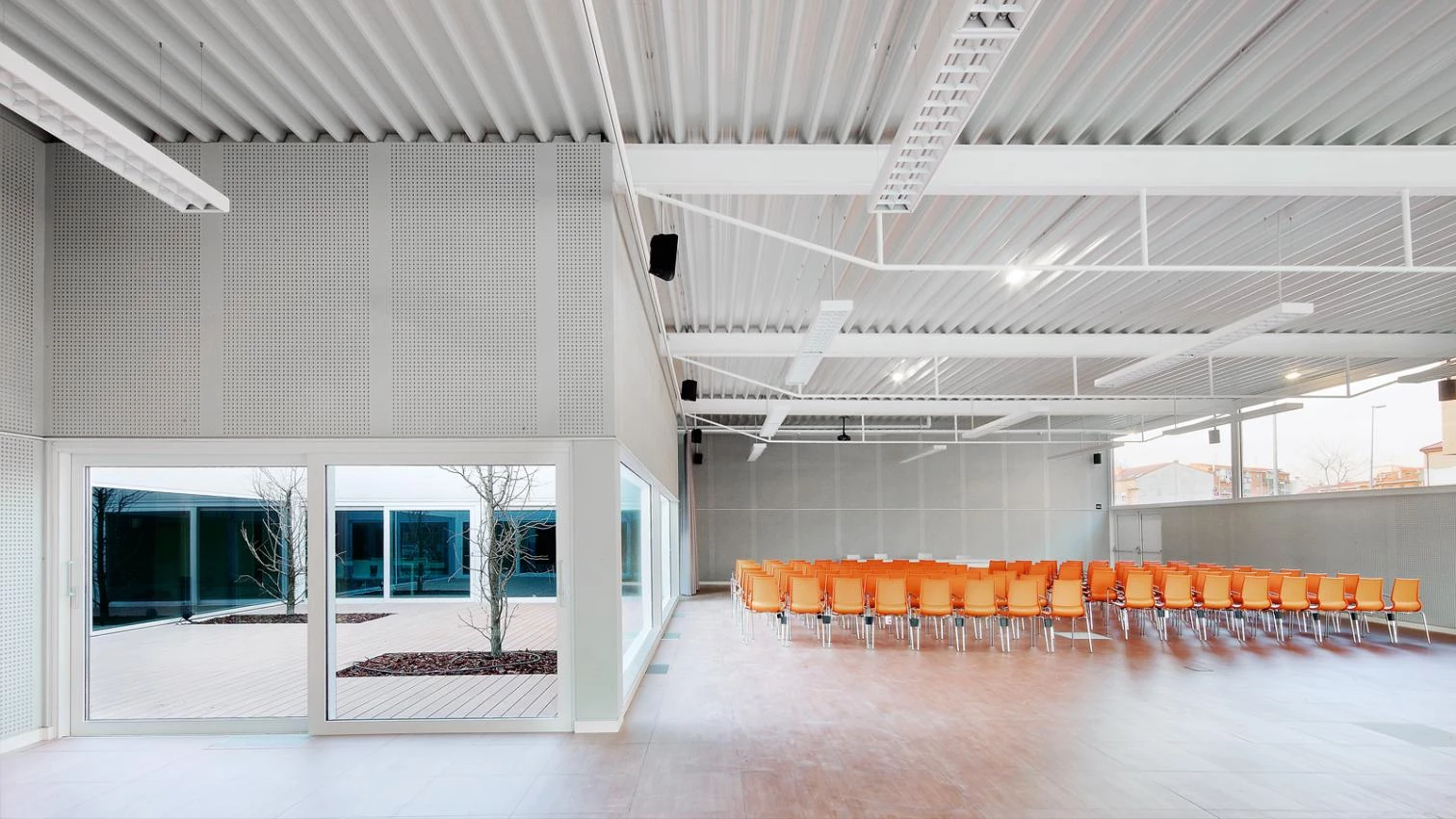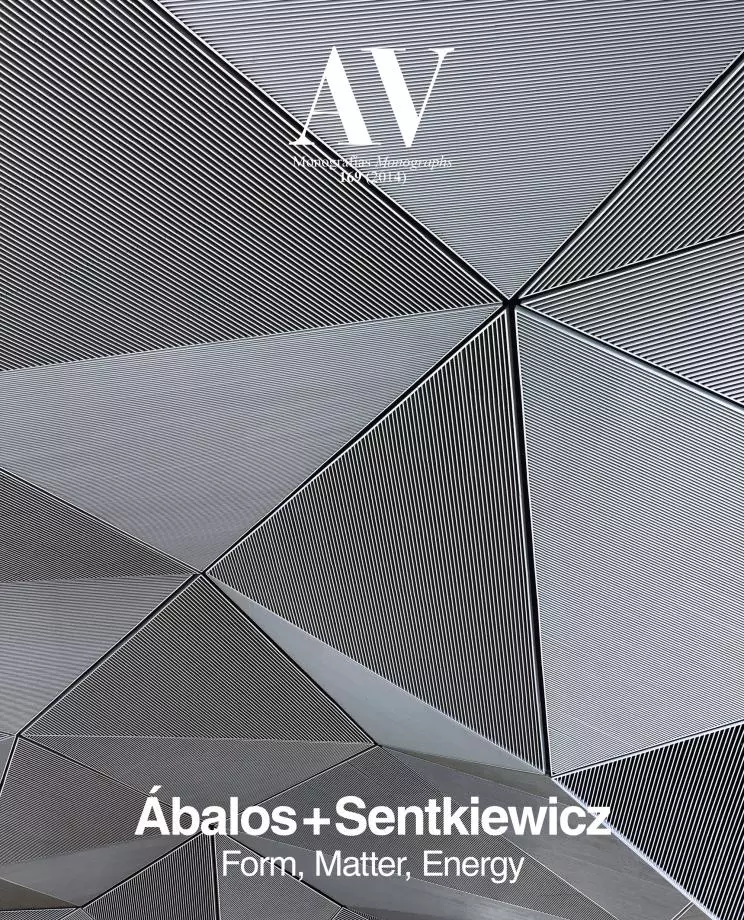
To rethink materiality through thermodynamics it is essential to concentrate on the so-called ‘architectural interiors.’ In the convective air conditioning model, the interior meant the arrival of a huge and trivial collection of ‘products,’ commercial patents that made architects surrender their capacity to produce an integral design of spaces. A new ‘thermodynamic materialism’ brings materials, and the mass required for the organization of these spaces and the conduction of structural efforts, a new vitality as conductive and/or convective channels of thermal gains integral to the architectural concept. Thermodynamic materialism redefines not only the actual need for matter and our choices regarding materials and products, but also the way in which we can shape the interior space, as well as the instruments and knowledge required to develop a new and synthetic idea of architectural beauty.
The interior is thus the Achilles heel of modernity, which had to surrender in order to survive in a changing, mechanistic world that overturned the traditional body of disciplinary knowledge, and replaced it with a technification of material systems and the environment which suddenly came to the fore in the most developed countries after World War II with the transfer of the military industry to civilian uses. This generally meant the globalization of American construction techniques, regardless of the end uses, climates and materials, regardless of the local typologies (which are nevertheless still the references for the lives and cultures of many citizens), and indifferent to the local material cultures which had facilitated innovation in architecture and its adaptation to local social and production conditions...[+]





